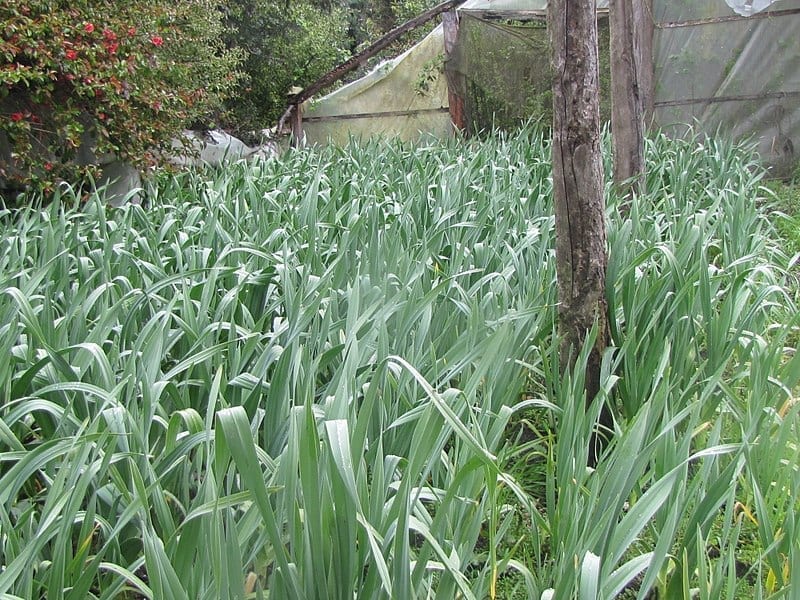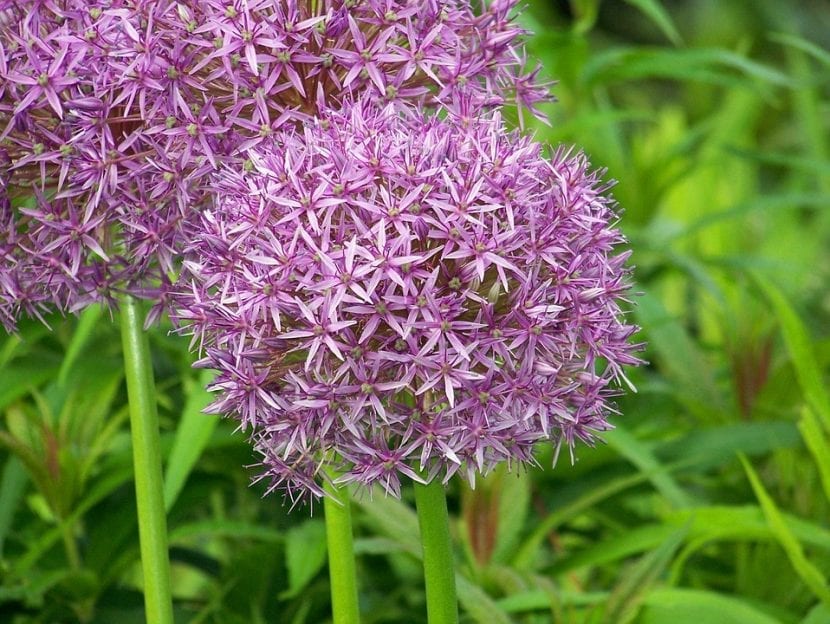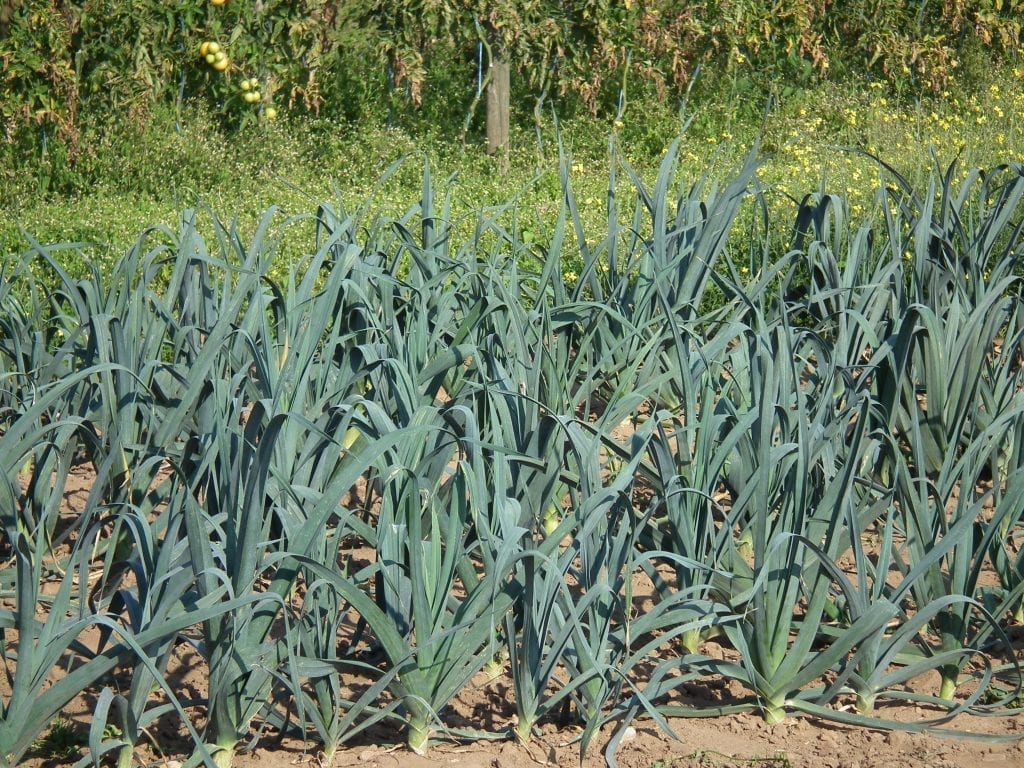
El allium ampeloprasum It is a plant that, despite the fact that the scientific name does not sound familiar to us, it is most likely that we have seen it or even cooked it more than once, well it or one of its varieties.
Its cultivation is also very simple, to the point that it adapts well to living both in the garden and in a pot, and its flower is… beautiful, no, the following. Are you curious to know more about him?
Origin and characteristics

Our protagonist is a bulbous plant native to southwestern Europe to Asia, and is believed to have been introduced to Great Britain in prehistoric times. Its scientific name is allium ampeloprasum, although it is popularly known as wild garlic, ajiporro, garlic, wild garlic, wild leek, garlicleek, elephant garlic, leek, and chives.
Grows to a height of 1 meter, and the bulb is ovoid about 3-4cm wide with scales. From it arise 6 to 12 linear leaves, 1-2cm wide and flat. The inflorescences (groups of flowers) are in globose umbels, white to pink in color.
Subspecies
They are these three:
- A. ampeloprasum var ampeloprasum: elephant garlic or also called soft garlic.
- A. ampeloprasum var porrum: what is the leek of a lifetime 🙂.
- A. ampeloprasum var kurrat: the kurrat.
What is your cultivation?

Image - Wikimedia / 4028mdk09
If you want to cultivate allium ampeloprasum, we recommend that you follow these tips:
- Location: it must be outside, in full sun.
- Earth:
- Flowerpot: universal or garden substrate.
- Garden: grows in well-drained and fertile soils.
- Irrigation: 2-4 times a week, depending on how humid the climate is and the temperature (the drier and warmer, the more often it will be necessary to water).
- Subscriber: advisable to pay with ecological fertilizers.
- Multiplication: by seeds in early spring, and by bulbs in mid / late winter.
- Rusticity: it is an annual crop. It is not very resistant to cold or frost.
So now you know, if you want to add a »new» and healthy ingredient to your recipes, don't hesitate to get a few A. ampeloprasum 🙂.